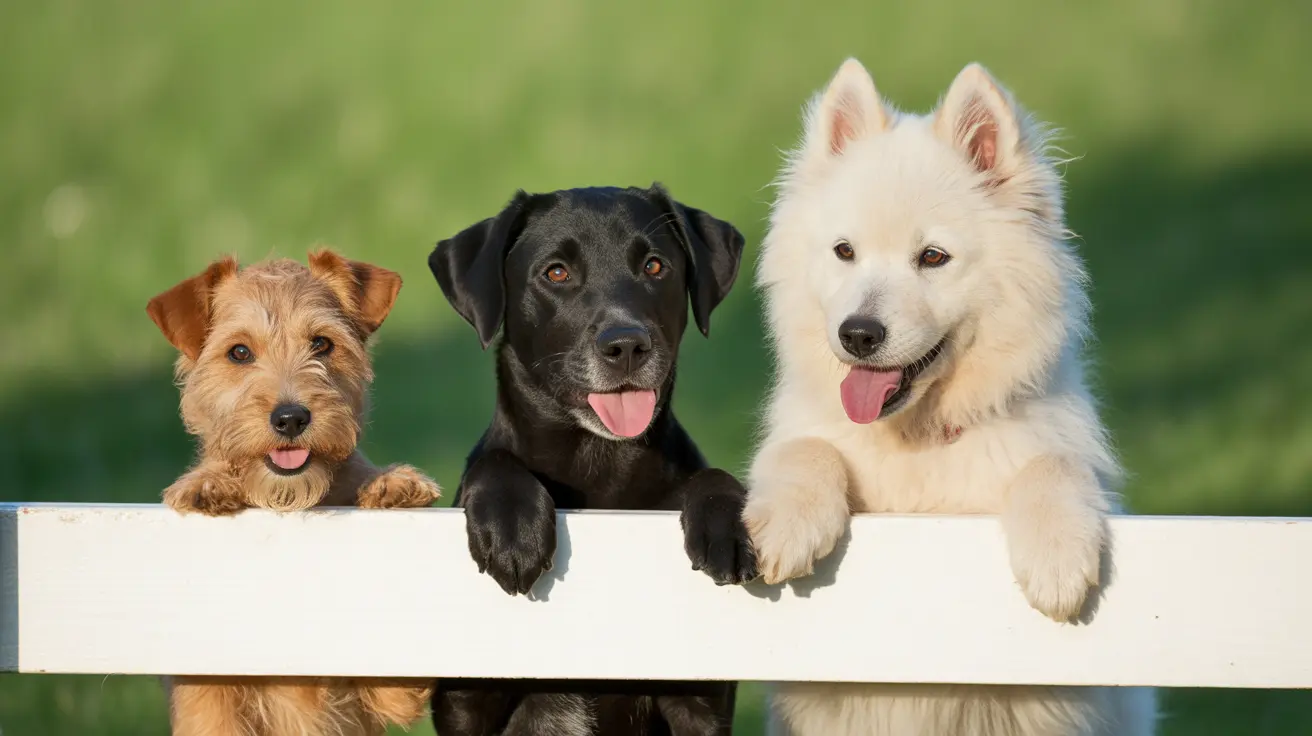The Easiest Dog Breed to Own: Labrador Retriever
Choosing a dog is a lifelong commitment, and for many first-time dog owners or families with children, finding a pet that is easy to manage is crucial. While every dog is an individual, some breeds are known for their laid-back temperament, trainability, and compatibility with a wide variety of lifestyles. Among these, the
Labrador Retriever consistently ranks as the easiest dog breed to own. Let’s explore what makes this breed a perennial favorite.
Why the Labrador Retriever Stands Out
The
Labrador Retriever has been the most popular dog breed in many countries, not just for its looks but because of its incredible temperament. Originating as a working dog, Labradors have earned a reputation for being loyal, gentle, and highly trainable.
Key reasons they are easy to own:
- Friendly and sociable: Labradors are naturally outgoing and get along well with humans and other animals.
- Highly trainable: Their intelligence and eagerness to please make training easier, even for first-time dog owners.
- Adaptable: They thrive in various environments, whether in a bustling city or a spacious countryside.
- Great family dogs: They’re known for their patience and affection, especially with children.
Temperament and Behavior
Labrador Retrievers are known for being
even-tempered and gentle. They rarely show signs of aggression and are typically very patient. Their balanced disposition makes them ideal for homes with kids or other pets.
They are also naturally inclined to be
non-territorial, which means they’re less likely to bark excessively or act out when strangers come around. This trait makes living in apartments or close-knit neighborhoods easier.
Ease of Training
This breed excels in obedience training. Originally bred as working dogs for fishermen, Labradors have a strong desire to follow commands and perform tasks. This makes them excellent candidates for:
- Basic obedience training
- Advanced commands
- Service or therapy animal roles
- Agility training
With consistent positive reinforcement and treats, Labradors quickly pick up routines and commands.
Exercise Requirements
While they are generally easy-going, Labradors do have
moderate to high energy levels. They need regular exercise to stay healthy and happy. A daily walk, playtime in the yard, or trips to the dog park usually suffice.
Failure to meet their exercise needs may lead to weight gain or destructive behavior — but they’re so people-oriented that integrating activity into daily routines is usually easy.
Low Maintenance Grooming
Although Labradors shed, their grooming needs are not excessive. They possess a
short double coat that requires weekly brushing to maintain cleanliness and reduce shedding indoors.
Key grooming needs:
- Brushing once or twice a week
- Regular ear cleaning to prevent infections
- Basic dental hygiene and nail trimming
Their coats are water-resistant, another legacy of their working history, which helps keep them relatively clean even when they swim or play outside.
Health and Longevity
Labrador Retrievers are generally
healthy dogs with an average lifespan of 10 to 12 years. However, they can be prone to certain genetic conditions like hip dysplasia and obesity. Regular check-ups and a balanced diet can significantly prolong their well-being.
Preventive health tips:
- Keep them at a healthy weight
- Provide joint supplements if recommended
- Visit the vet yearly for check-ups
Vaccinations, parasite prevention, and dental care are all part of maintaining a healthy Labrador.
Compatibility With Different Lifestyles
Whether you’re a singleton, a couple, or a family with children, Labradors adapt remarkably well. They are also amazing companions for seniors due to their calm demeanor. If you're active, they make great jogging or hiking partners. If you're more laid-back, they are happy to lounge around — as long as they've had their walk.
Suitable living situations:
- Apartments (with sufficient daily exercise)
- Suburban homes with yards
- Farms or larger properties
Their easy-going nature also makes them good candidates for co-living spaces and travel companions.
Alternatives to the Labrador Retriever
If a Labrador Retriever doesn't exactly meet your needs, here are a few other breeds known for ease of ownership:
- Golden Retriever: Similar in temperament but with longer hair and slightly higher grooming needs.
- Cavalier King Charles Spaniel: Small, affectionate, and low-maintenance.
- Pug: Low energy and great for apartment living, though they can have breathing issues.
- Boston Terrier: Compact, intelligent, and friendly.
Final Thoughts
The
Labrador Retriever is by far one of the easiest dog breeds to own. Their temperament, intelligence, and adaptability make them ideal for various types of owners. While every dog requires commitment, Labradors make the journey of pet guardianship smoother and more rewarding.
Whether you’re new to owning a dog or simply seeking a well-rounded companion, the Labrador Retriever is a superb choice for a hassle-free and joyful bonding experience.





